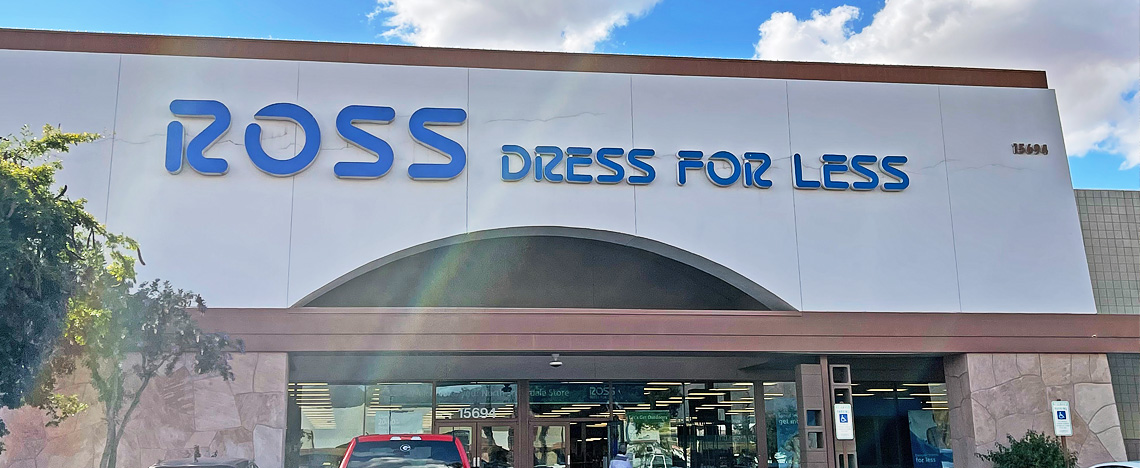
A Little More About Work
There’s a bit more I can add about work. As I mentioned, we worked from 5:15, and then the end of the workday depended on the volume of cargo and the number of workers on a given workday. Sometimes we finished work at 9:15, but other times we had to stay until 10 or even 11 o’clock.
I was always on my feet, but at 7 o’clock, there was a fifteen-minute break in the break room. It had individual lockers, a computer for tracking time, a table, chairs, a microwave, one vending machine for drinks, and another for snacks (bags of chips, chocolate bars, etc.).
People bought those red-and-green drinks and chips; I never took them, but brought either an apple or a banana and water. This fifteen-minute break was paid as work time. The employer was required to provide a 30-minute break if working more than five hours. It was not included in work time. When leaving for this break, it was necessary to record the start and end times at the register, so payment was based strictly on worked hours. The store manager closely monitored compliance with breaks, and it was not allowed to stay in the warehouse and continue working.
People bought those red-and-green drinks and chips; I never took them, but brought either an apple or a banana and water.
After we finished unpacking and hanging clothes on the carts, we had to distribute the items in the sales floor. After distributing the clothes, those who wanted could help distribute shoes because while we hung clothes, other workers were putting sizes and tags on shoes and other items. After that, we were supposed to go home, but before leaving, it was necessary to check the problem areas of the sales floor, pick up any fallen items, greet and smile at incoming customers, and then collect our things and record the end of our workday at the register. That was it; then you took off your badge and could walk around the store and shop.
For store employees, there was a 20% discount. Once a quarter, for three days, a 40% discount was announced. But during this period, as luck would have it, there was hardly anything to buy :). During my time working at the store, I hardly bought anything for myself. First of all, while hanging clothes, you get so tired of them that you don’t want to look at them anymore, and secondly, from January, mostly only summer clothes start coming in, which I don’t particularly need.
About Taxes.
In the States, a progressive tax system is used for calculating income tax. The tax system, like everywhere else, is complicated, with a bunch of different components.
Income tax includes four types of taxes. The federal tax, mandatory for all states, depends on the taxpayer’s income level and whether it is filed for a family or an individual. There are also two federal taxes: Social Security Tax — a tax for pensions, unemployment benefits, and disability payments, which is 6.2%, and Medicare — a tax for medical assistance for the poor and elderly, which is 1.45%. The same taxes, 6.2 and 1.45, are also paid by the employer for their employees.
Another component of income tax is the state tax, which varies from 0% to 13% in different states. The tax return is filed with the IRS from January to April 15 for the previous year. Every year, during the tax period for entrepreneurs and individuals, special programs like TurboTax or TaxAct start being sold to help fill out and submit the tax payment file to the IRS. After answering questions and filling out all the data, the program recalculates the necessary tax payment amount and provides information on whether additional payment is required or if any funds will be returned. After the IRS accepts the tax file, you need to pay or receive a refund (if applicable). Refunds occur very quickly directly into the taxpayer’s account.
We will live and see what happens to me in the next reporting period. In January of next year, the employer should send a W‑2 form indicating the amounts earned and the taxes withheld from the employee. So far, by my calculations, I have paid about 12% in taxes on my small earnings.











